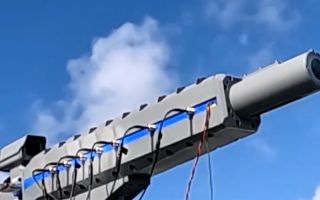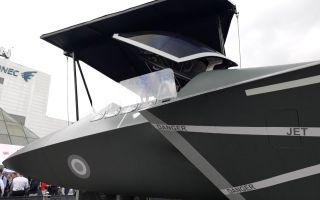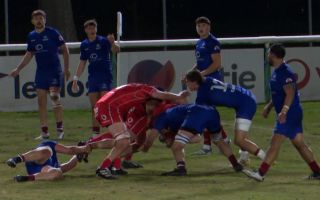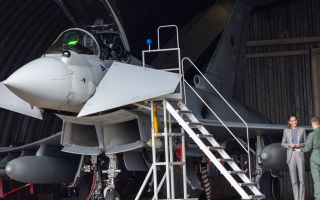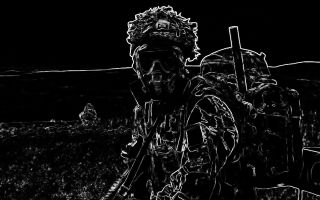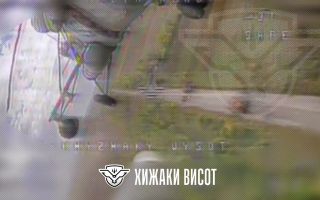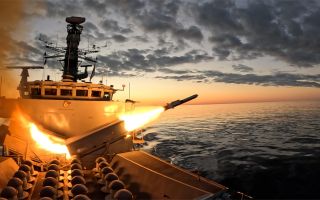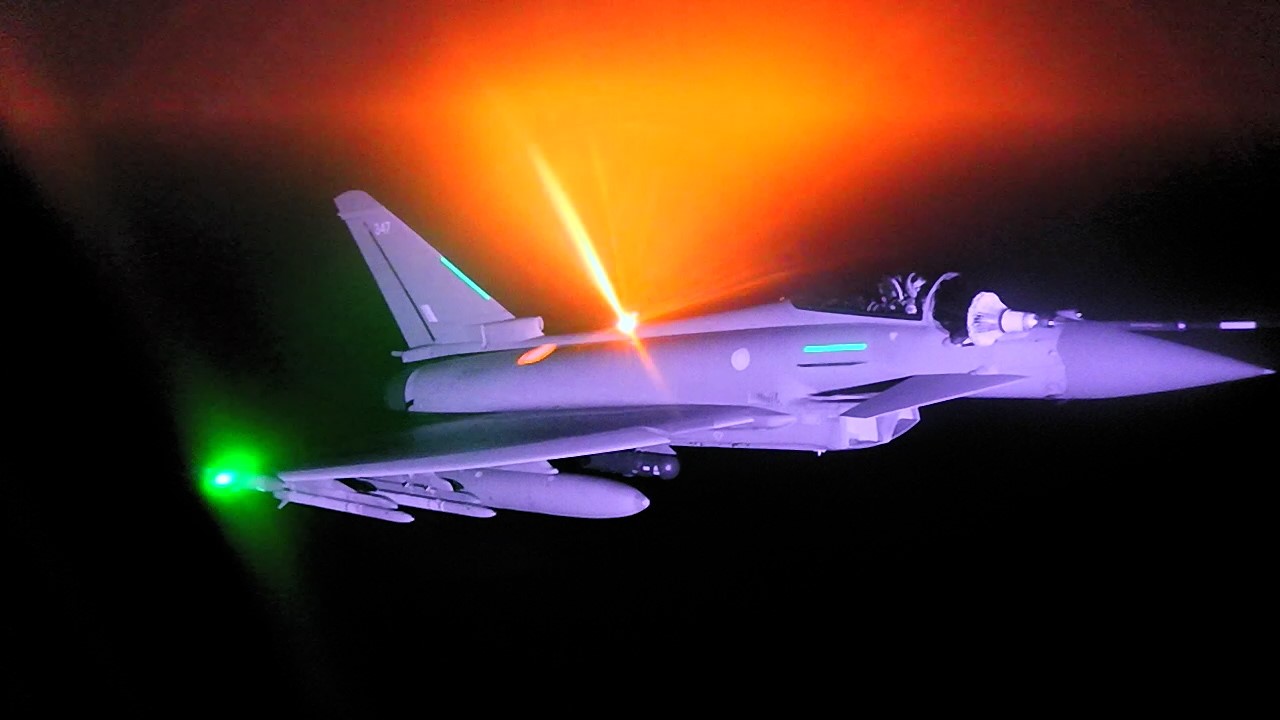
Fuelling up to face the threat: How Voyager keeps the RAF's Typhoons on station

Our media minder greets us with some welcoming military humour.
"We're the most-watched aircraft in the whole of Europe tonight," he says with a grin.
We're boarding an RAF Voyager refuelling aircraft as it prepares to head east towards Poland, and the crew are well aware the Russians will be watching.
In recent weeks, Moscow has sent scores of jets and drones into Nato airspace, incursions designed to prod and probe, and test how the alliance will react.
- Refuelling the Rafale: RAF Voyager meets up with French fighters on Op Inherent Resolve
- RAF Voyager carries out air-to-air refuelling with French A400M for the first time
- Voyager: All you need to know about the RAF's fuel station in the sky
Poland, Estonia, Denmark and Romania have all seen their airspace violated, with Moscow either claiming it didn't happen, or if it did, that it was an accident.
Nato's response was swift.
Within days, the Supreme Allied Commander Europe announced the start of Operation Eastern Sentry, a defensive round-the-clock air patrol along Poland's eastern border aimed at deterring Russia from straying into Nato airspace again.
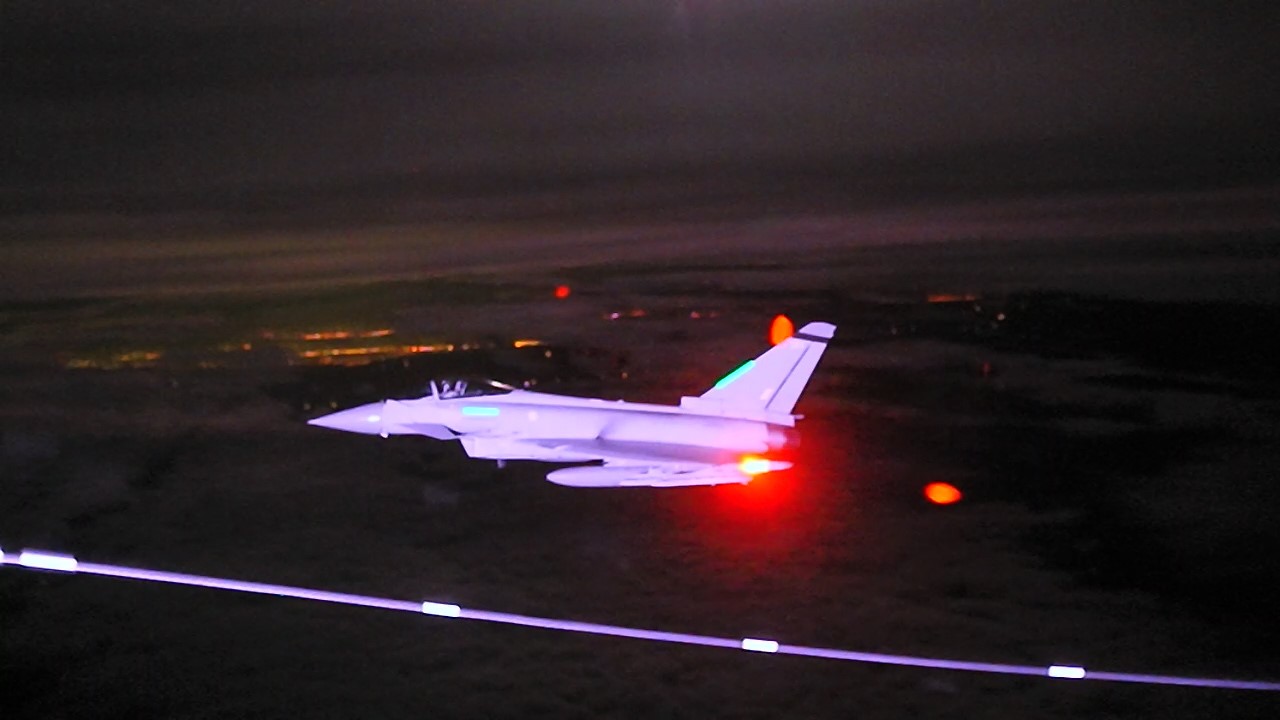
Britain, France, Germany and Denmark all committed jets, with the RAF deciding to fly sorties to and from the UK rather than deploy Typhoons to Polish territory.
And this is where the Voyager comes in. Without it these long-range combat air patrols or CAPs just couldn't happen.
The aircraft itself looks just like a normal passenger plane – albeit painted in a rather drab grey. That's because that's exactly what it is.
Voyager extends range of Typhoon jets
These vast Airbus A330s serve a dual purpose, ferrying troops and military families to postings around the world, but also as an air-to-air refuelling aircraft, hugely extending the range of jets like the Typhoon.
On board tonight, it's quite surreal. Just half a dozen media rattling around in a cavernous airliner that can carry 291 passengers.
As we head over northern Europe, this feels just like any other passenger flight.
There's no "chicken or beef" option, but there is some RAF coffee and tea. They even have biscuits.
With a range of 1,800 miles, the Typhoons, on paper at least, could feasibly reach eastern Poland without refuelling, but their combat radius is much less – around 900 miles.
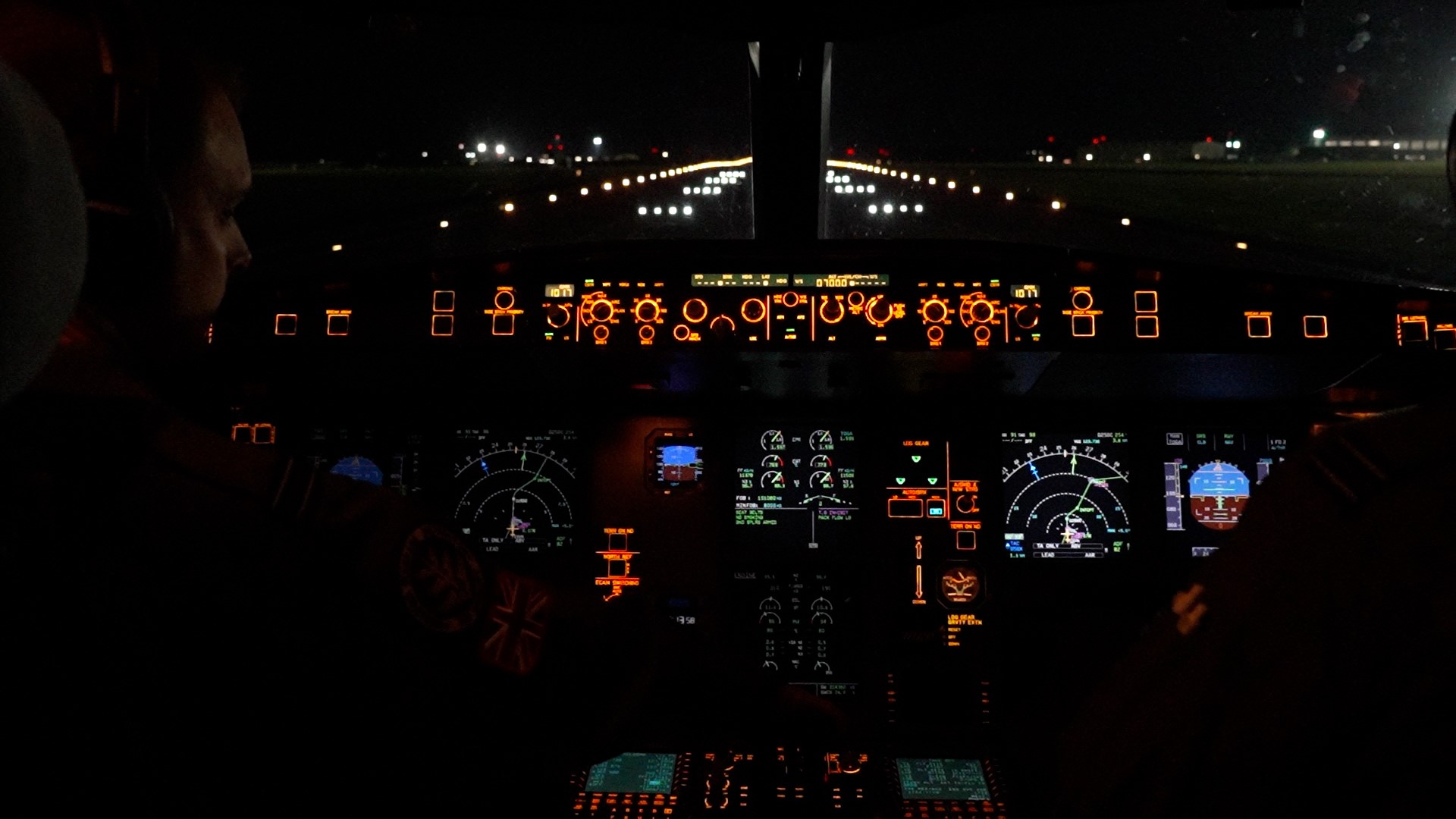
Typhoons from Coningsby pull alongside
If they didn't refuel en route, they'd arrive on station with what pilots call "bingo fuel" – the bare minimum needed to make it back home.
An hour into the flight and the crew tell us to keep an eye out of the windows. The Typhoons have caught us up and are thirsty.
Out of the darkness the "receivers", as the RAF calls them, appear. Two Typhoons from RAF Coningsby in Lincolnshire pull alongside and latch onto the refuelling hoses trailing out behind each wing.
In a matter of minutes, the jets – callsign Chaos-1 and Chaos-2 – take two tonnes of jet fuel each, before disengaging from the hose and drifting slowly off into the night.
As we watch in awe from the aircraft windows, it's easy to forget we are travelling thousands of feet above Poland, in complete darkness, at hundreds of miles per hour. The skill of the pilots is breathtaking to watch.
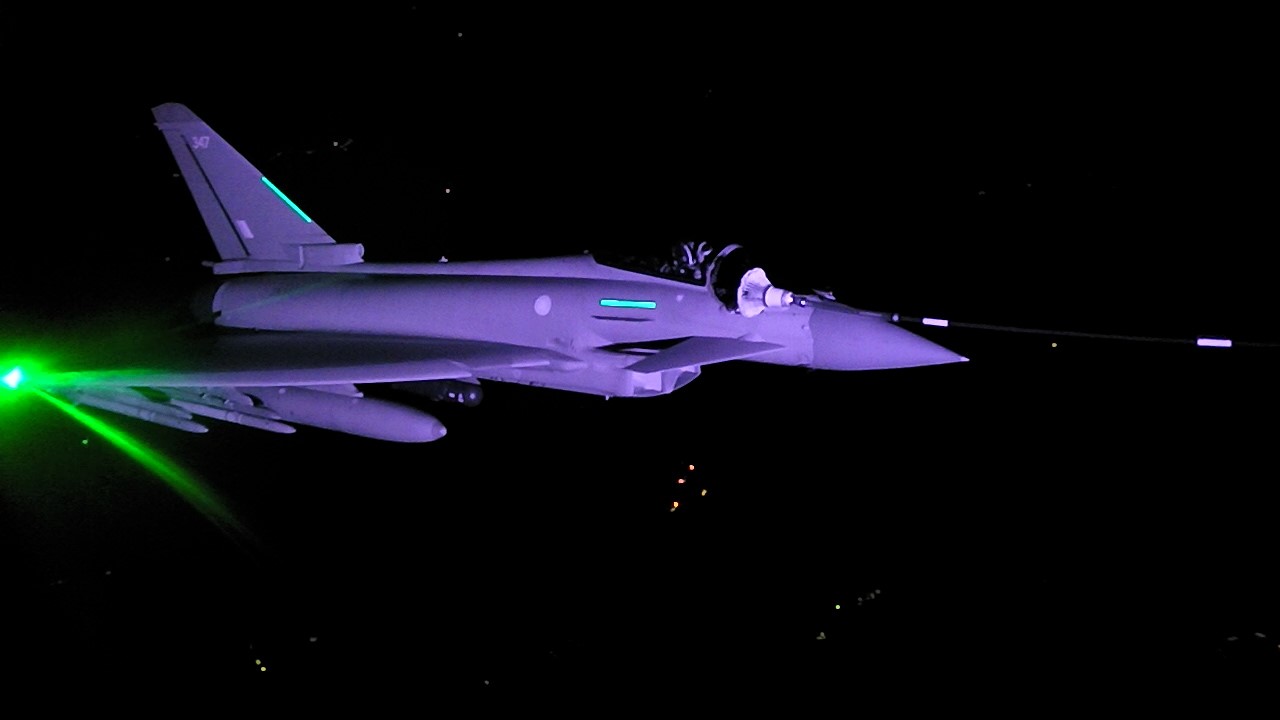
Typhoons reappear to grab more fuel
The Typhoons are armed with infrared-guided Advanced Short-Range Air-to-Air Missiles - or ASRAAMs. If they were ordered to, it's these they'd use to shoot down Russian drones, and if the worst should happen, Russian aircraft too.
Over the next few hours, we fly a steady "racetrack" pattern over northern Poland, the Typhoons reappearing every so often to grab more fuel.
We may be some way from mainland Russia, but a few hundred miles to our northeast is the Russian exclave of Kaliningrad, a tiny outpost on the Baltic Sea bristling with military hardware and Iskander ballistic missiles.
Poland also has a 250-mile border with Belarus, the pro-Moscow regime ruled over by Vladimir Putin's ally, Alexander Lukashenko.
In the Voyager cockpit, behind the two pilots, sits the Mission Systems Operator (MSO).
Enough fuel to refill average family car 1,300 times is delivered
Cameras on the side of the aircraft allow him to watch the Typhoons come and go, as he monitors the fuel flow.
The Voyager gives away its own fuel. There are no additional tanks as you might find on older refuelling aircraft like the US Air Force's KC-135 Stratotanker, so the MSO has to balance what they can give away versus what the Voyager itself needs to get home safely.
In a typical five-hour mission, these flying filling stations can deliver around 130,000 lbs (60,000kg) of fuel – enough to refill an average family car 1,300 times.
For the Typhoon pilots, flying for hours in a single-seat jet, constantly making sure they don't stray too close to the Russian border, this must feel like a very long shift.
"Ladies and gentlemen, Chaos-1 is about to reappear on our left wing," the Voyager pilot tells us over the tannoy.
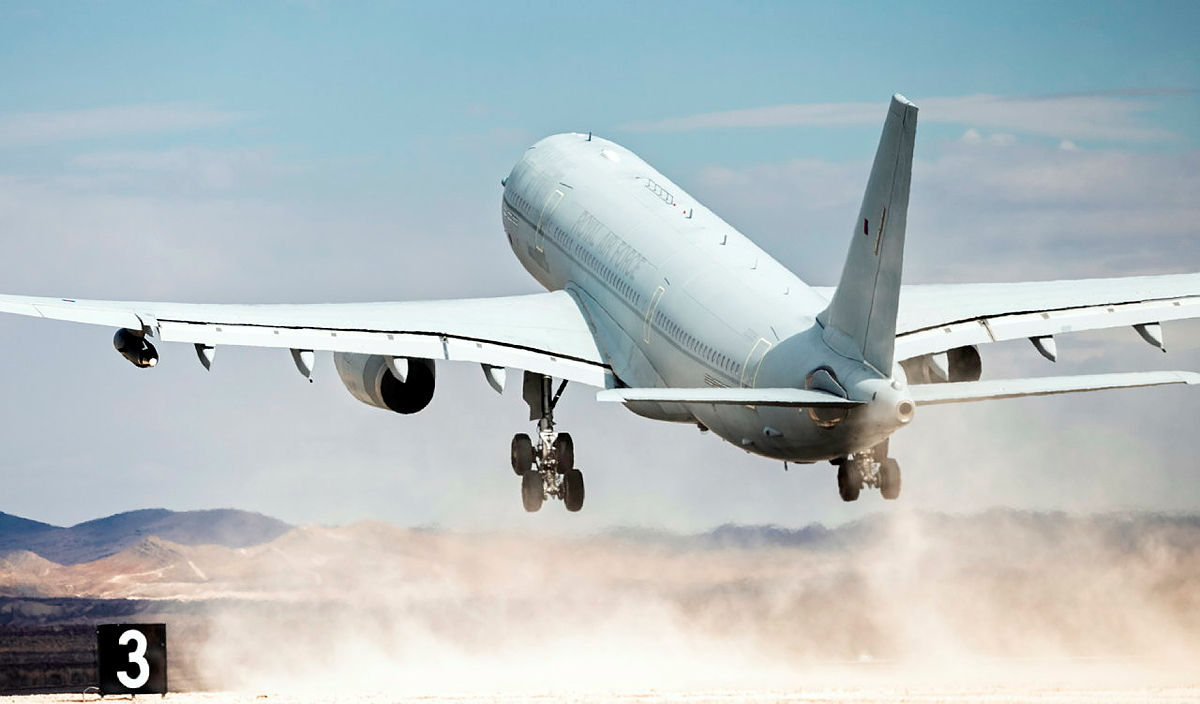
This sets off a media scramble for the best vantage point at the back of the plane to capture footage.
On previous Voyager flights I've done on Op Shader, refuelling Tornados and Typhoons over Iraq, we've been able to film and interview the crew, albeit with blurred faces. Not on this Operation though. No faces can be shown and no one is allowed to talk on camera.
It's a shame, but understandable. After spending time in Ukraine, I've heard just how cunning the Russian security services can be in tracing Moscow's perceived enemies.
Six hours after we left Brize Norton, we start heading back.
Tomorrow, another nation will take point on Eastern Sentry while the RAF crews get some well-earned rest.
Eastern Sentry Nato's answer to airborne threat
How long this operation will last is, right now, anyone's guess.
It's clear that deploying multimillion-pound jets to defend Nato airspace from $10,000 Russian drones isn't viable in the long run.
But the alternative, a so-called "drone wall" along this eastern flank, is almost certainly several years away.
Nato is reportedly looking at a Latvian system of acoustic sensors that can detect drones, as well as new, cheaper munitions that could be used to take down Russian UAVs.
In Ukraine, small, fast-moving units armed with machine guns or man-portable air-defence systems have also had success in bringing down Russian drones.
For now, though, Eastern Sentry is Nato's answer to this airborne threat.
These Voyager refuelling tankers are acting as force multipliers, allowing the RAF's Typhoons to stay airborne for longer, projecting UK air power to Russia's front door.

